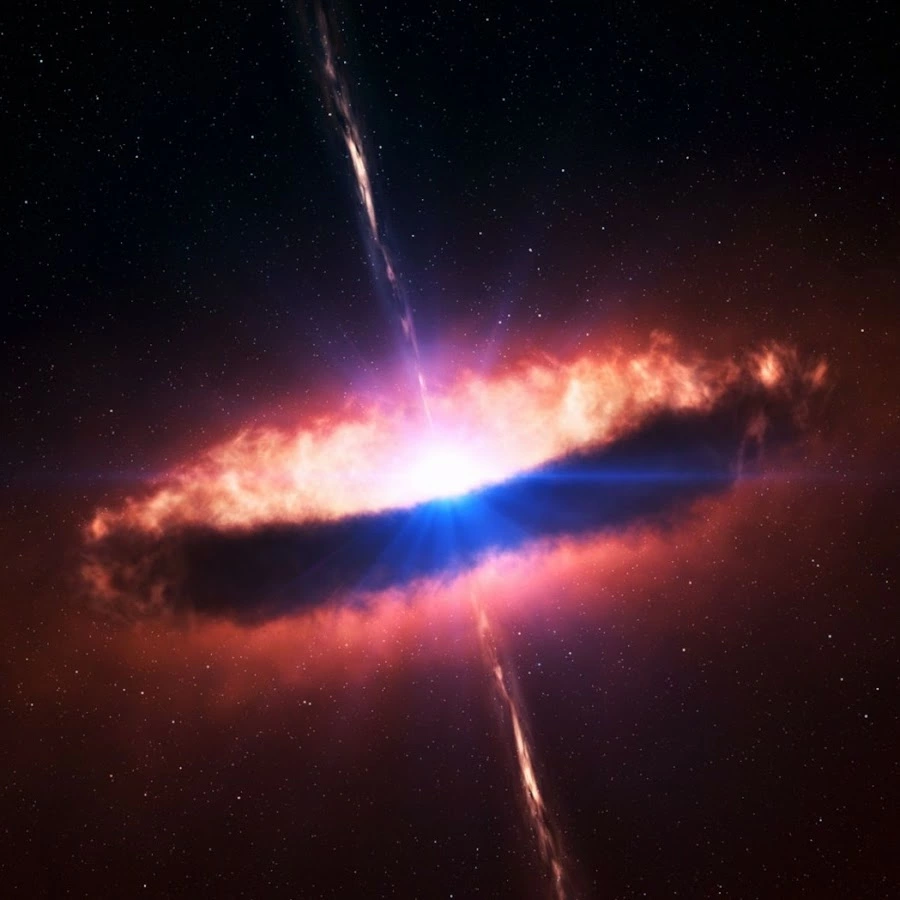I’ve read that at the center of large celestial bodies there’s zero gravity (or close to). While confirmation would be nice, if true, I’m wondering how large that area can actually be and moreover, does it scale up with more mass and/or even size - that is, does the sun have a larger center area of low (zero?) gravity than the earth and so on with evermore mass. Or is that area the same regardless of mass’ size?
Thank you


It’s basic math. You can do the gravitational calculations yourself. Basically any sphere of uniform density is going to exert gravity uniformly. So if you’re in the center the pull from the mass on any direction will be counteracted by the pull in the opposite direction. It’s one of the basic introduction to physics calculus examples.
Example:
http://hyperphysics.phy-astr.gsu.edu/hbase/Mechanics/sphshell.html
So to your question about what the zone of negligible gravity would be, you can define negligible gravity, and then figure out how large that zone would be based on the material on the outside of the shell.
Basically the further you get from the exact center of the sphere, you’re going to have more gravity from the closer edge pulling you, and less gravity from the further edge offsetting that. So there’ll be a gradient of increasing gravity as you get further away from the center
Not quite. If by “edge” you mean the surface of the earth, then the force of gravity from the closer edge will always exactly offset the gravity from the farther edge. So if the earth were hollow, then you would experience zero gravity at any point in the hollow portion.
Of course, the earth is not hollow. And any mass under you (i.e. closer to the center than you are) will not be offset, and all of it will pull you towards the center. As you move further away from the center, more of the earth’s mass will be closer to the center than you and therefore the force of gravity will increase.
Excellent point, well made!
So if the original poster wanted to have a 10km sphere in the center of the earth of zero gravity (earth gravity at least), then all they have to do is hollow out 10km and they are good to go?
Nah, there’s only one exact center of gravity for a given body of mass. You can’t just make a vacuum and have gravity equalizer throughout it.
Yes you can, as long as you are inside a perfectly spherical shell.
From: http://hyperphysics.phy-astr.gsu.edu/hbase/Mechanics/sphshell2.html#wtls
Thank you for replying.
This feels very close to answering the question in a way my brain can interpret it. So, going outward makes complete sense to me but the area at the center, the way I under your answer is, yes, the area or zone will increase proportional to its mass?
This may be asking too much, but, have any idea the size of that low gravity zone of earth bs our Sun?
I can’t answer that question for you. Because you’re using a relative term. Only the exact center will have no gravity. Anything outside the exact center will have some gravity. So you have to define what negligible it means.
So once you define low gravity. You can do the math to figure out the size of that zone of low gravity.
I highly recommend doing the math anyway. Follow along with a YouTube example or a written example on gravitational attraction of a sphere. It’s really good calculus. Then you can you know put it into octave and get the exact answer for yourself. Just plugging in numbers for the relative density of the Earth and the mass and the sizes. These will be approximate of course. Because nothing is perfectly uniformly dense so it’s just a rule of thumb anyway
I guess I don’t know enough about the equations necessary to solve for a gradient of area at the exact center, equal to it’s surrounding mass.
All the same, thank you for replying. Seems like the area might not be as large as I had supposed.
Depends what you’re trying to do. If you want to balance something so it never moves you can only use the exact center. If you want something to stay relatively in the center for a period of hours then you’re going to have a much larger area. If you’re okay with minutes it’s going to be much much larger area. If it needs to be stable for years in the area is smaller. Gravity is going to apply a force of acceleration and on an object, and if there’s nothing resisting that acceleration things will just fall off the center. You know imagine trying to balance something on top of a cone.
My original question stemmed from thinking about the possible different area sizes of low gravity within different size stars - and if that area was gradient.
deleted by creator
deleted by creator